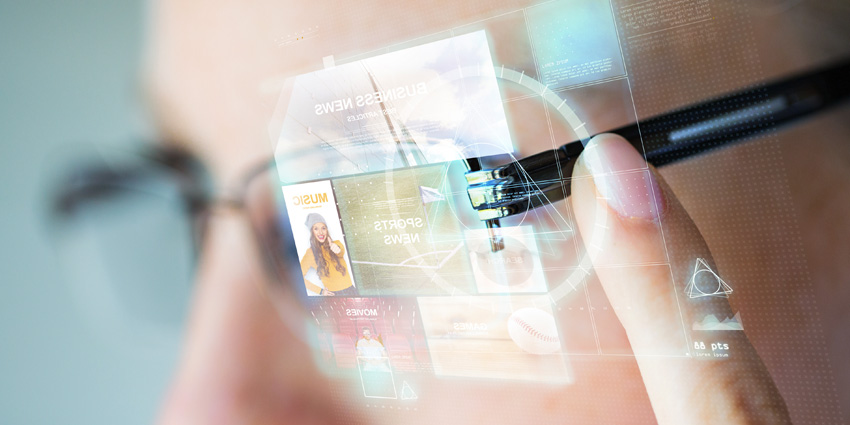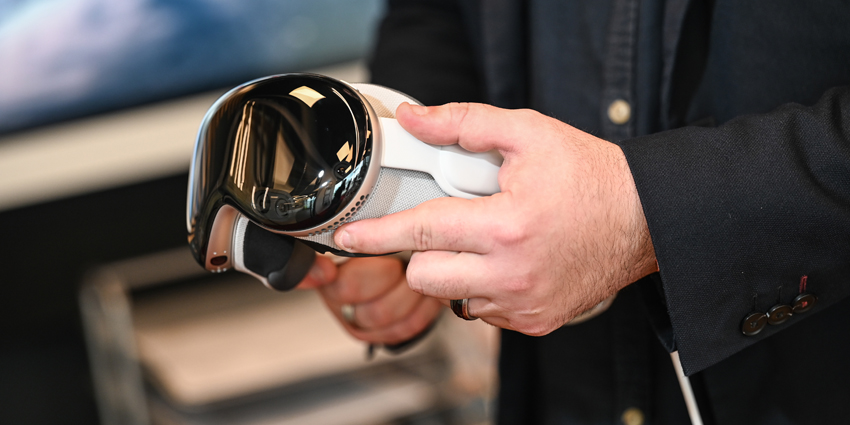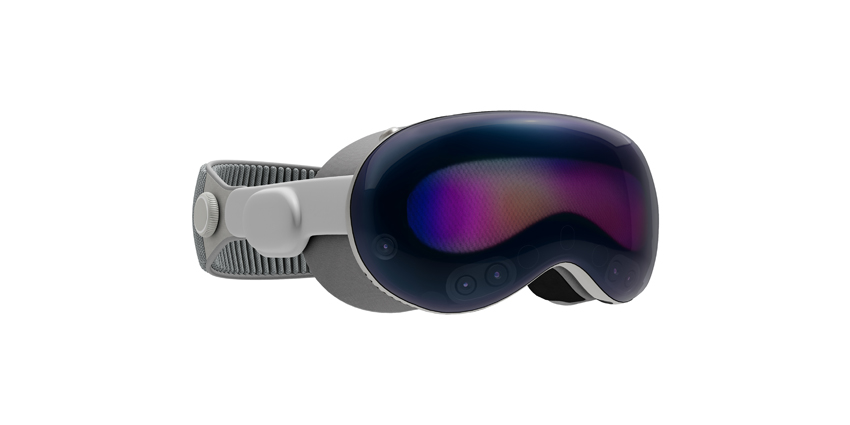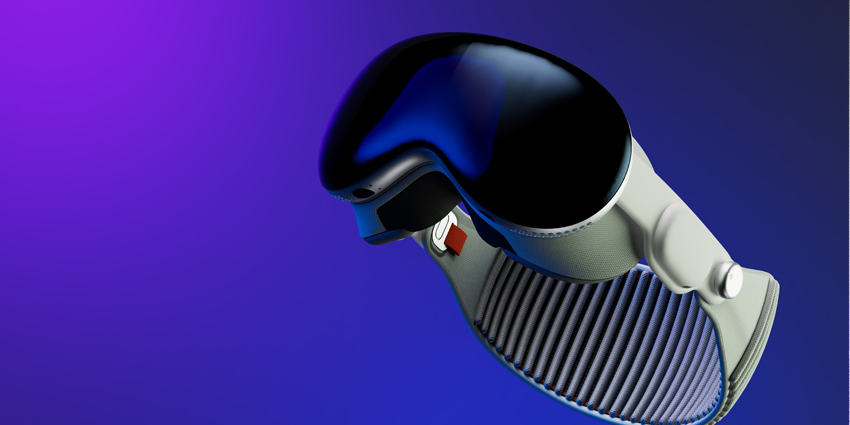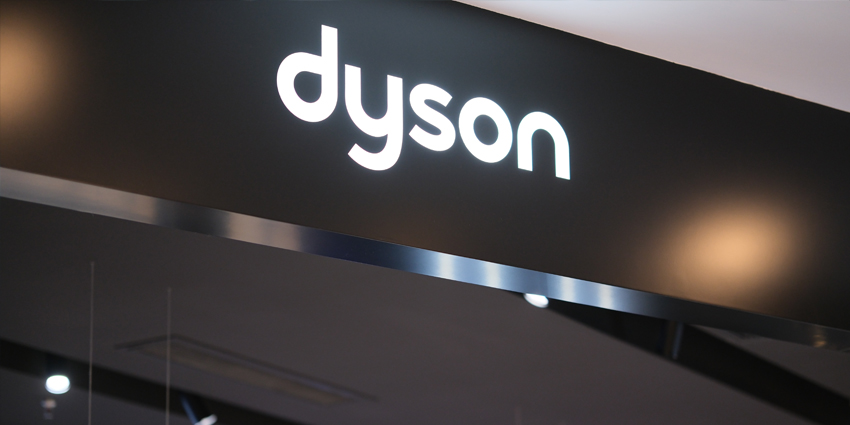It’s no secret that the XR marketplace is growing. As the world grows increasingly digital, companies and retailers are relying on extended reality to build human connections. According to ARtillery Intelligence, the result of this rising demand is a massive potential growth in certain parts of the industry. By 2024, the value of the headworn AR market will potentially reach $13.4 billion, increasing from only $822 million in 2024.
The Headworn AR revenue forecasting report looks at glasses-based AR revenue from both a consumer and enterprise spending strategy. The report also follows a separate examination into smartphone-based spending for AR. Interestingly, it’s the enterprise spending holding onto the highest revenue share for AR glasses, with a projected value of $1.33 billion in 2020, compared to only $22.1 million from consumer spending.
The Transforming AR Market
The rise in enterprise spending for AR technology appears to be coming from evident productivity gains that AR is introducing into industrial settings. The AR line-of-sight guidance in the industry is having a massive impact on the way that people work. Today’s teams can complete tasks faster, with access to valuable information that reduces the risk of errors.
In the consumer space, AR is trailing in revenue, as the stylistic solutions available aren’t suitable for consumers at this point. This could change when the Apple brand makes its entry into the AR headset space, of course. When Apple’s AR glasses emerge in 2022, a halo effect could emerge that boosts consumer awareness and strengthens demand for AR glasses. According to Mike Boland, the ARTillery Intelligence Chief Analyst, Apple’s glasses are likely to be stylish and simple, as well as capable of accomplishing various tasks like sending notifications to users.
Another point to note is that the revenues created by AR glasses are likely to be influenced by the ongoing growth of the COVID-19 global pandemic. Since consumer AR glasses is already a pretty small market right now, it’s not going to be massively affected by Covid-19. However, enterprise markets could suffer a little due to recessionary spending cuts and changes in the supply chain.
What’s Next for Head Mounted AR?
Although COVID has the potential to reduce spending on AR technology in some areas, it could also strengthen the opportunities in this marketplace too. As more employees continue to work from home, and fewer people operate in close spaces, the need for XR is growing.
According to Boland, certain aspects of enterprise AR, like guided maintenance tools and remote assistance could align well with social distancing requirements in today’s settings for industrial engineers and field workers. This could mean that a pandemic-driven adoption will expose the technology to crowds of would-be investors more than ever before.
